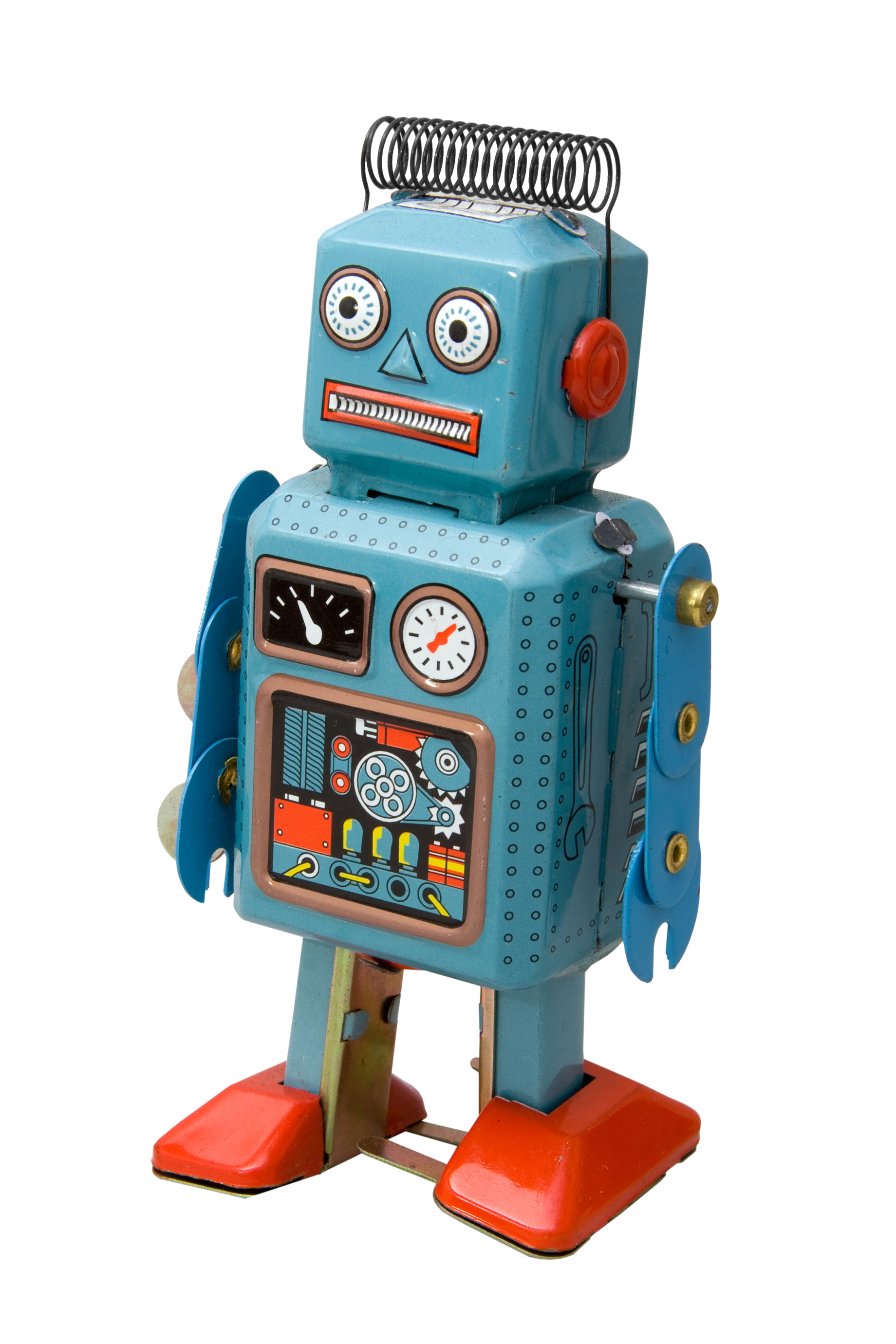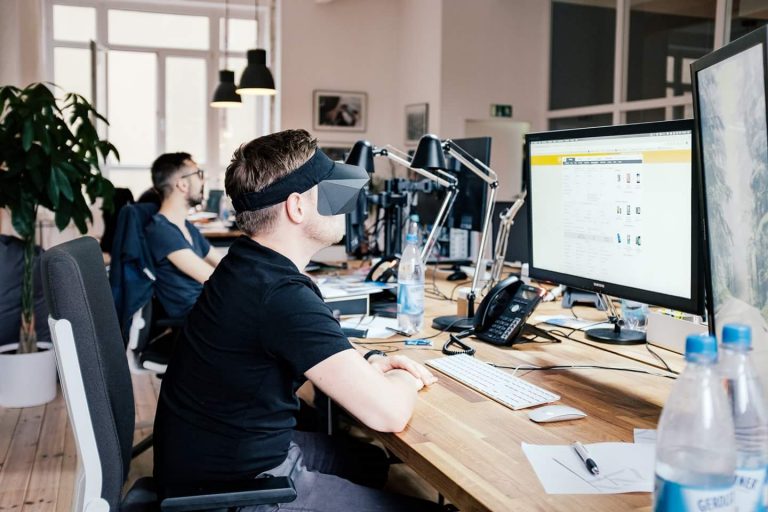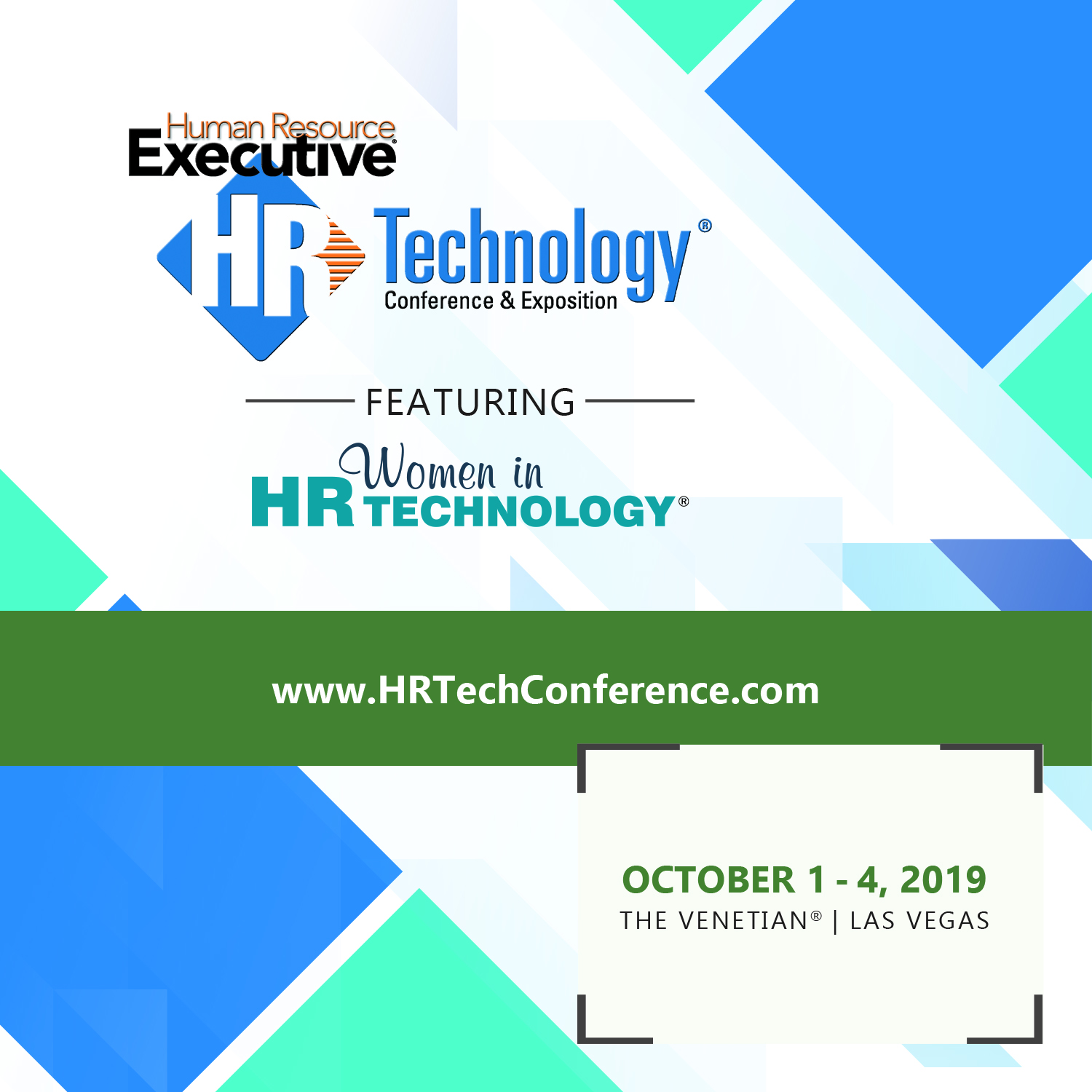I won't do another run at the 'Robots are going to take all the jobs' gimmick today, there is plenty of that you can find pretty much everyday and everywhere. No, today I want to highlight two examples, from different perspectives and contexts, about how tech will not just replace some/most/all jobs one day, but along the way tech will continue to provide ways for employers to track/monitor/coach/guide/punish/reward employees even more closely.
Example 1 - from our pals at Amazon (the most interesting company in the world) - Amazon could make a bracelet that tracks worker's movements and buzzes them if they move in the wrong direction.
From the piece on Business Insider:
Amazon may be looking to improve its workers' efficiency in new ways.
As was spotted by Geekwire, the company was just awarded a patent for a device that would attach to its warehouse workers' wrists and track their movements using ultrasonic waves. In conjunction with a receiver unit, those ultrasonic waves could track where the worker's hand is in real time and guide it to pick out items, then pack them in boxes.
If the worker's hand moves in the wrong direction, for example, a slight vibration in the wrist would let them know.
The idea is to help reduce the time that Amazon warehouse workers spend looking for items, sorting through boxes and shelves, with the idea of helping them be more efficient at selecting the necessary items for a given order. But as the BI piece points out as well, this kind of technology could also be used to measure employee performance and improvement (or regression) down to the micro-level - the gesture.
I had a summer job working in a perishable food distribution center a hundred years ago, and we were measured (back then), on one metric - how close we came each day to completing our orders in the estimated amount of time allotted for them. So if a given order was meant to be completed in 30 minutes, and it took me 40 minutes to actually turn in the order to the shipping dock, then I would be at 67% (10 minutes overage on a 30 minute order). Each week we had to be a certain percentage rate, (I think it was 85%) in order to stay in good standing. Too many weeks below 85% and you'd eventually get canned.
Back then we thought that was a harsh, 'Big Brother' type monitoring system. But at least it did allow for some slack, for having a bad shift or two, and for a little bit of gamesmanship. It didn't take too long to find the gaps and wiggle room in the system, and find ways to beat it. And since we were provided a real-time update on our percent completion rate after every order, you could also determine come Friday just how much you had to hustle (or slide), in order to maintain the 85% for the week. Looking back on it now, it seems pretty reasonable overall, to both the company and the workers. But if we thought aggregated performance measurement and targets were 'Big Brother' back in the day, I can't imagine what we (or anyone), would think about performance monitoring and measurement at the gesture level. Wild.
Example 2 - From the world of sports, taken from an analysis of NBA player John Wall, and his case for being included on the NBA All-Star team this season. Here's ESPN's Zach Lowe providing a bit of data about Wall's performance this season:
Wall is shooting 42 percent, his lowest mark since he was a rookie, and he just hasn't played with enough vigor on either end of the floor. One measure of that: He has spent 76.57 percent of floor time either standing still or walking, the largest such share among all rotation players, according to tracking data from Second Spectrum.
Ball-dominant stars need to conserve energy. Some guys shift from walking to turbo mode without spending much time in between.
But regardless: Wall should not be freaking last. He too often stands around when he doesn't have the ball, or when a shot is the air and he might be able to help on the glass. He switches constantly on defense to avoid chasing his guy around picks.
That professional athletes have their performance measured and monitored to a greater degree than most other professions is not that surprising - after all metrics and statistics like points scored, rebounds, and assists have been a part of NBA box scores for decades. But what is new('ish) is the technology advances in both video capture and motion analysis that provide data on every step that an NBA player takes during a game. So now instead of just looking at how many points a player scored in a game, and judging his effectiveness based on a combination of things we can count, (like point), and an 'eye test' judgement of their effort level and hustle, NBA teams now can analyze and examine exactly what a player did every second he was on the court.
Look again at the statistic mentioned above - Wall has been walking or standing exactly 76.57% of the time he has been on court this season. His activity is being measured to hundredths of a percent for crying out loud. Can you imagine working in a job where your management had access to your effort down to that level? Every second you are supposed to be at work? Also wild.
These two examples (and I am sure there are lots more), point out that the impact of new technology on work and workplaces is not limited to total or direct replacement of workers and human roles. Technology also has the effect (or at least can have the effect) or driving ever closer measurement and control over workers and work performance. I don't think this is necessarily a bad thing - organizations and workers have to be able to understand their work, how to improve, and companies need to continue to get more efficient in order to compete. But, there needs to also be consideration of the balance between measurement, control, and workers' ability to exist as people, in a setting that may not be replacing them, can be seen as de-humanizing them. And until the robots are ready, your organization still needs these people.
Have a great weekend!


 Steve
Steve




